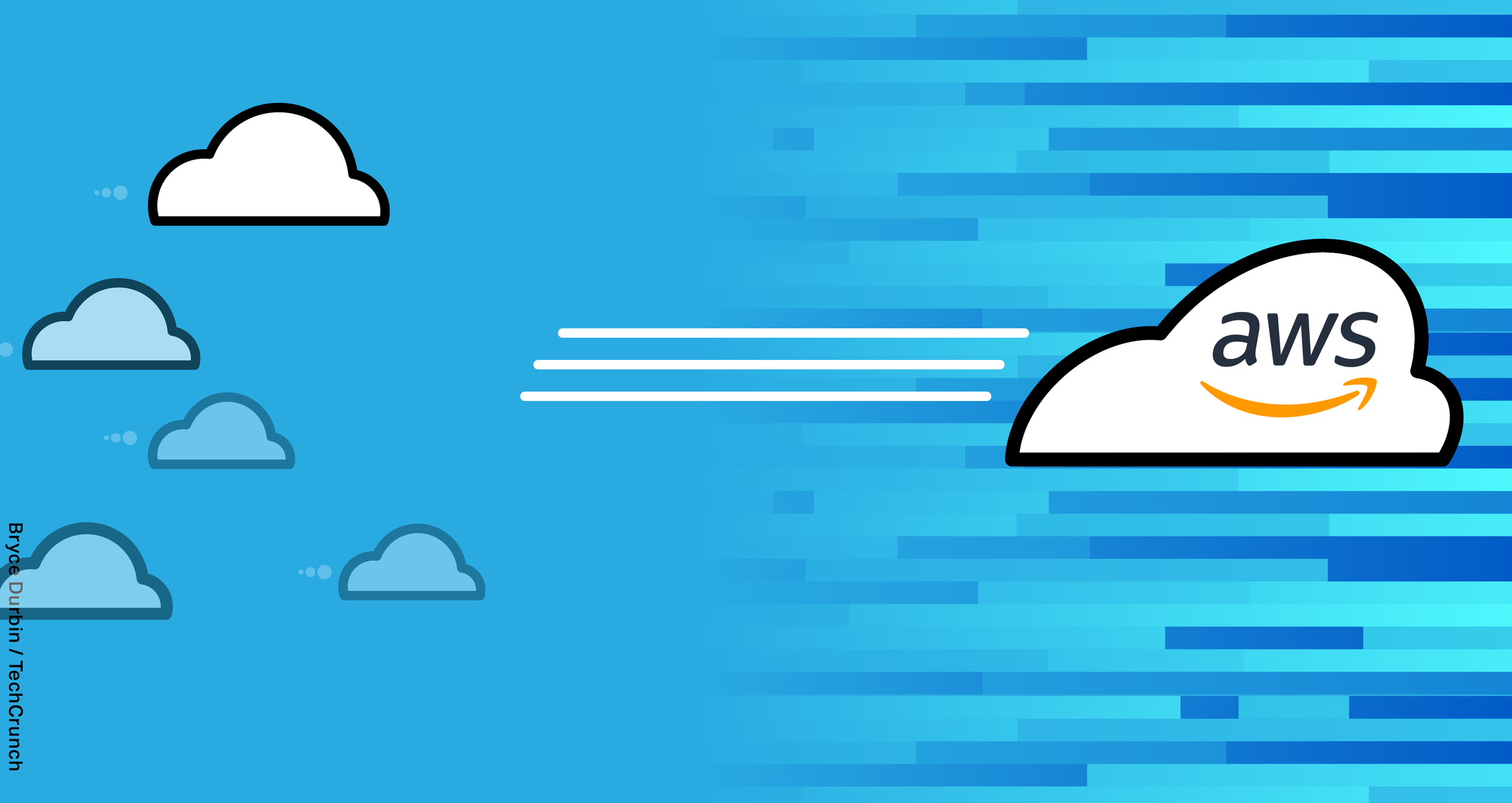Amazon Web Services (AWS) has firmly established itself as the leading cloud service provider, powering enterprises across the globe with its wide range of services. While many are familiar with the basic services like EC2, S3, and RDS, delving into advanced AWS concepts can significantly enhance your cloud architecture, making it more efficient, secure, and cost-effective. This article will explore these advanced AWS features and best practices that can elevate your cloud strategy to the next level.
1. AWS Lambda: Revolutionizing Serverless Architectures
AWS Lambda is at the heart of serverless computing, allowing you to run code without provisioning or managing servers. It automatically scales your applications by running code in response to each trigger, which can be from events such as changes in data, shifts in system state, or user requests. This enables you to build highly scalable and efficient applications without the overhead of managing infrastructure.
Lambda Layers: Modularizing Your Functions
Lambda Layers allow you to manage your code in a modular way. You can separate your function code from its dependencies, enabling reuse and more manageable deployments. For example, common libraries can be packaged into a layer and reused across multiple Lambda functions, reducing code duplication and improving consistency across your applications.
Advanced Monitoring and Security with Lambda
While AWS provides basic logging and monitoring with CloudWatch, advanced users can integrate Lambda with X-Ray for tracing requests and getting deeper insights into performance bottlenecks. Security can be enhanced by using IAM roles with the least privilege, encrypting environment variables, and ensuring that your functions only have the necessary permissions to perform their tasks.
2. AWS Fargate: Simplifying Container Management
For organizations looking to deploy containerized applications, AWS Fargate offers a serverless compute engine that abstracts the underlying infrastructure. With Fargate, you only need to define your task’s resources (CPU and memory), and AWS handles the rest. This eliminates the need to manage EC2 instances, making your container management more streamlined.
Efficient Resource Utilization with Fargate
Fargate’s pay-as-you-go pricing model ensures that you only pay for the resources you use, which can lead to significant cost savings. For applications with fluctuating demand, Fargate automatically scales up or down, ensuring optimal resource utilization.
Security Best Practices with Fargate
Fargate integrates seamlessly with AWS security services, enabling you to run containers in a highly secure environment. By default, Fargate tasks are isolated at the infrastructure level, and you can enhance security by using IAM roles, VPC network policies, and integrating with AWS Secrets Manager for managing sensitive information.
3. Advanced Networking: AWS Transit Gateway and Direct Connect
As your AWS environment grows, so does the complexity of your network architecture. AWS offers advanced networking solutions like AWS Transit Gateway and AWS Direct Connect to help manage and optimize your network.
AWS Transit Gateway: Centralizing Your Network
AWS Transit Gateway simplifies your VPC (Virtual Private Cloud) networking by acting as a central hub that controls how traffic is routed among all your connected VPCs and on-premises networks. This reduces the complexity of managing multiple VPC peering connections and provides a single point for implementing network security policies.
AWS Direct Connect: Enhancing Network Performance
For businesses that require consistent, high-throughput, and low-latency network connections, AWS Direct Connect offers a dedicated network link from your premises to AWS. This bypasses the public internet, providing more predictable network performance and enhanced security.
4. Optimizing Costs with AWS Cost Management Tools
While AWS offers powerful capabilities, it’s crucial to manage costs effectively to ensure you’re getting the best value from your cloud investment. AWS provides several tools designed to help you monitor, manage, and optimize costs.
AWS Cost Explorer and Budgets
AWS Cost Explorer allows you to visualize your costs and usage patterns over time, helping you identify trends and areas where you can reduce spending. You can set custom alerts with AWS Budgets to notify you when your costs exceed predefined thresholds, enabling proactive cost management.
Savings Plans and Reserved Instances
For predictable workloads, AWS Savings Plans and Reserved Instances offer significant discounts compared to on-demand pricing. These pricing models allow you to commit to a consistent usage level over a period, optimizing your overall cloud expenditure.
5. Implementing Advanced Security with AWS
Security is paramount in any cloud environment, and AWS provides a comprehensive set of tools and services to protect your data and applications. Beyond the basic security practices, advanced users can implement more sophisticated measures.
AWS Identity and Access Management (IAM) Best Practices
IAM enables fine-grained access control to AWS resources. Implementing the principle of least privilege is critical; only grant the minimum permissions necessary for users and services. Regularly review IAM policies and employ multi-factor authentication (MFA) for an added layer of security.
AWS Key Management Service (KMS) and Encryption
AWS KMS allows you to manage encryption keys for your data across AWS services. Implement encryption at rest and in transit to protect sensitive information. You can also use AWS CloudHSM for applications requiring dedicated hardware security modules (HSMs).
6. Scaling Applications with Auto Scaling and Elastic Load Balancing
As demand for your applications fluctuates, it’s essential to have mechanisms in place to automatically scale resources up or down to maintain performance and cost efficiency.
Auto Scaling: Responding to Demand
AWS Auto Scaling monitors your applications and adjusts capacity to maintain steady, predictable performance. You can define scaling policies based on metrics such as CPU utilization, ensuring that your applications remain responsive even during peak demand.
Elastic Load Balancing (ELB): Distributing Traffic Efficiently
ELB automatically distributes incoming application traffic across multiple targets, such as EC2 instances, containers, and IP addresses. It enhances fault tolerance by ensuring that traffic is only directed to healthy targets, which is crucial for maintaining high availability and reliability in your applications.
7. Leveraging AWS Machine Learning Services
AWS offers a suite of machine learning (ML) services that enable you to integrate artificial intelligence into your applications without needing to build ML models from scratch.
Amazon SageMaker: End-to-End ML Development
Amazon SageMaker provides a fully managed environment to build, train, and deploy machine learning models at scale. It simplifies the ML lifecycle, allowing you to quickly iterate on models and deploy them into production environments with ease.
AWS AI Services: Pre-trained Models for Quick Integration
AWS AI services, such as Amazon Rekognition for image analysis and Amazon Comprehend for natural language processing, offer pre-trained models that can be easily integrated into your applications. These services allow you to leverage advanced AI capabilities without the need for in-depth machine learning expertise.
Conclusion
By diving deeper into these advanced AWS concepts, you can unlock the full potential of the AWS cloud. From serverless computing with Lambda and container management with Fargate to advanced networking and security, AWS provides the tools needed to build robust, scalable, and cost-effective cloud architectures. Continuously exploring these advanced features and best practices will enable you to stay ahead in the rapidly evolving cloud landscape.





